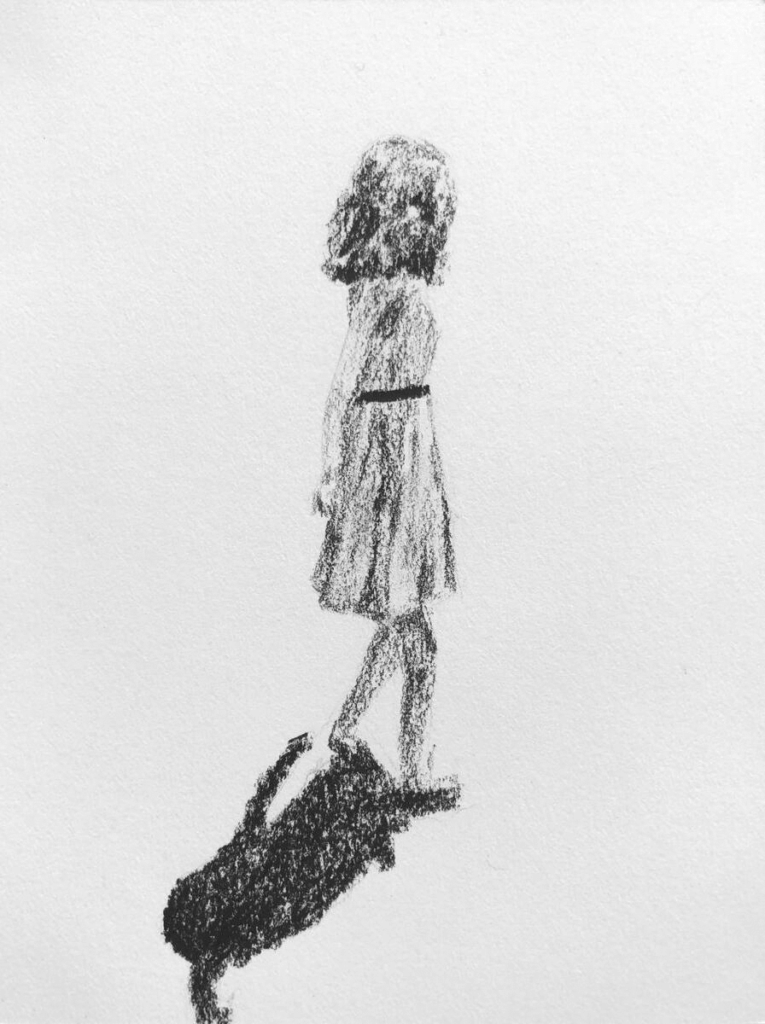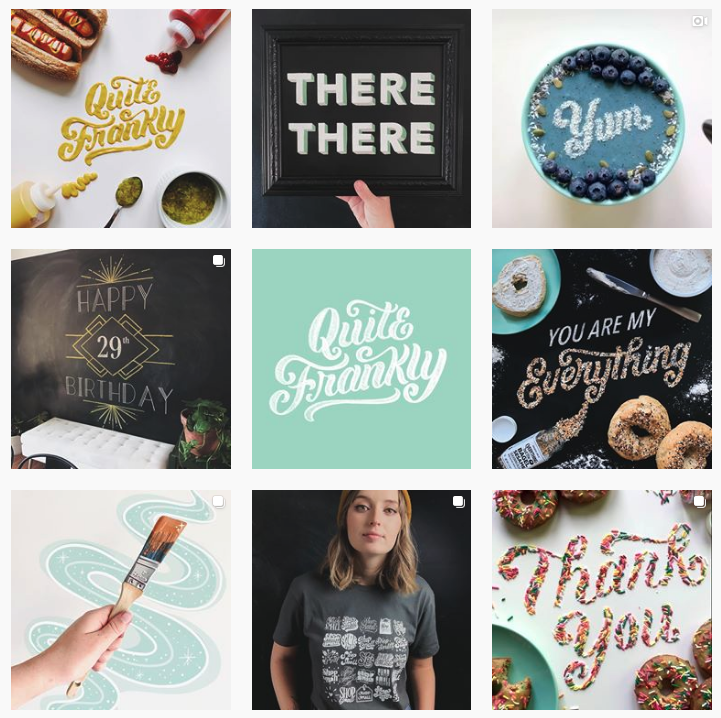Thinking about emergence
After the lecture about Gestalt principles, I was thinking about emergence and this one study (I can’t seem to find it again 🙁 I looked for it though) where participants were shown different images as their gaze was tracked which found that people tended to look at things that resembled faces. Even in an image of spaghetti that I didn’t even consciously recognize looked like a face, people’s eyes lingered on the meatball “eyes” and curve of the “mouth” because they resembled facial features. I realized I definitely take advantage of emergence (especially how strongly we gravitate towards face-like objects) a LOT.
A few weeks ago I made a cute animation in charcoal of my friend spinning around, but I can’t draw faces for the life of me, so I just sort of made little dark smudges for eyes (they aren’t even in the right place in some frames haha) and called it a day because it wasn’t a serious project, and I wasn’t that invested. But I was pleasantly surprised that it actually turned out just fine! Because it’s moving and you only get a brief glimpse of the face you kind of automatically fill in the details and don’t even notice that the face is a demonic blur unless you stop the animation and deliberately stare at a single frame. yay for emergence haha 🙂 I attached the gif and you’ll see what I mean.
Similarly, earlier in quarantine, I was bored so I did a funky little art project where I made faces by squishing toilet paper tubes. I attached an image so you can see what I’m talking about. Some of my later tubes looked a lot like grumpy people, but some of my earlier attempts only sort of vaguely resemble faces when you look closely (see the first one I made in the third column second row). Still, they’re all pretty immediately recognizable as faces because of emergence.
This all sort of reminded me of what Claudio said in class about how we already use a lot of these principles without thinking about it. Its kind of wild to look back at stuff I’ve already done or artwork I’ve already seen and unpack the unconscious bits of my past thoughts/experiences.


